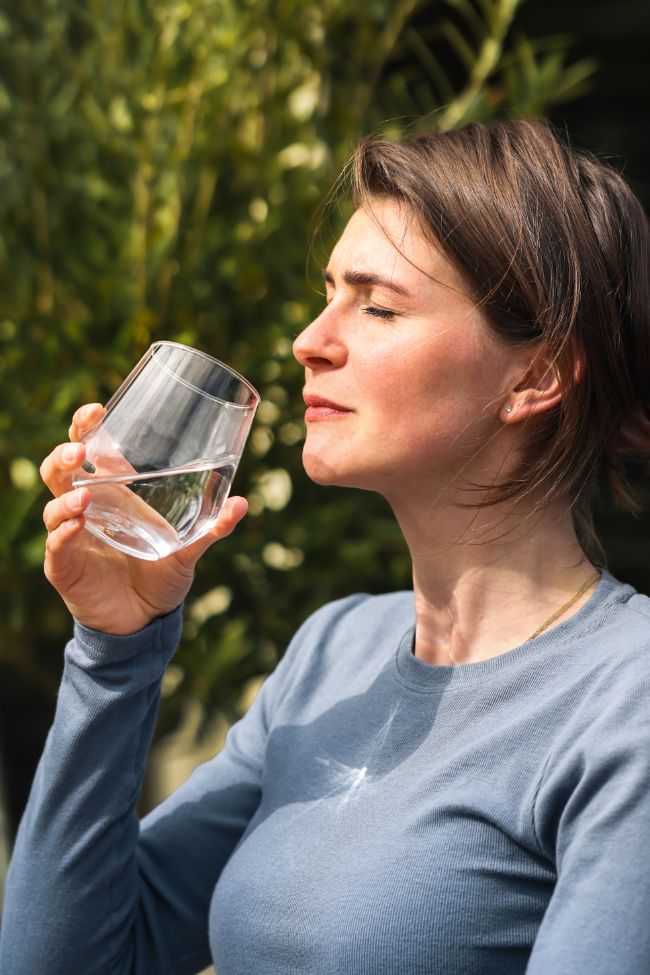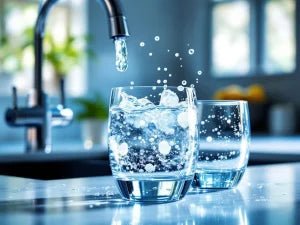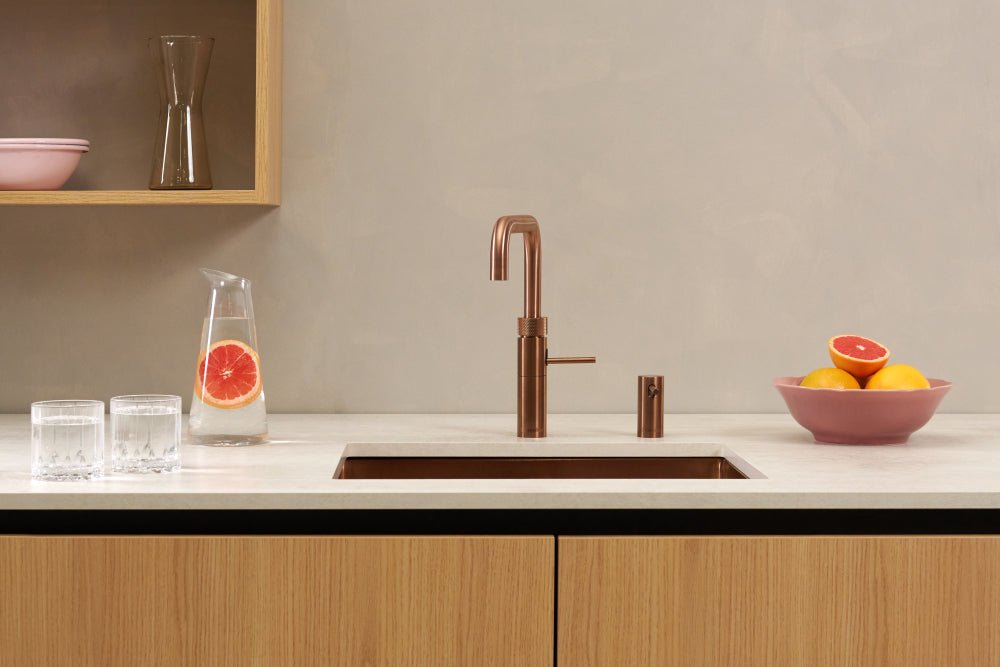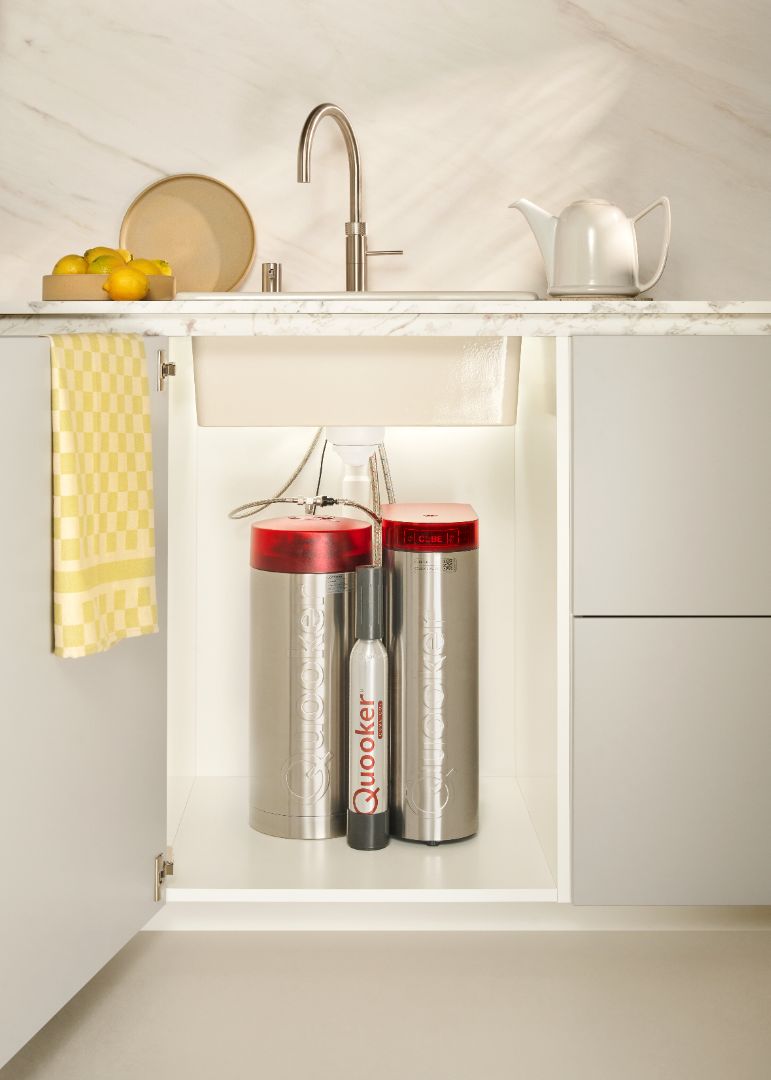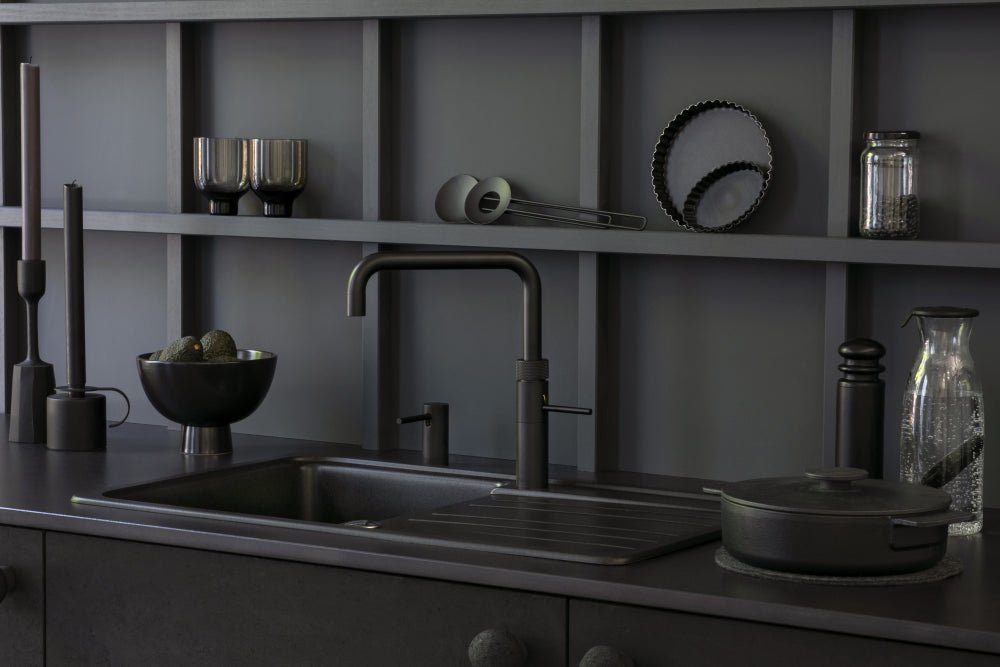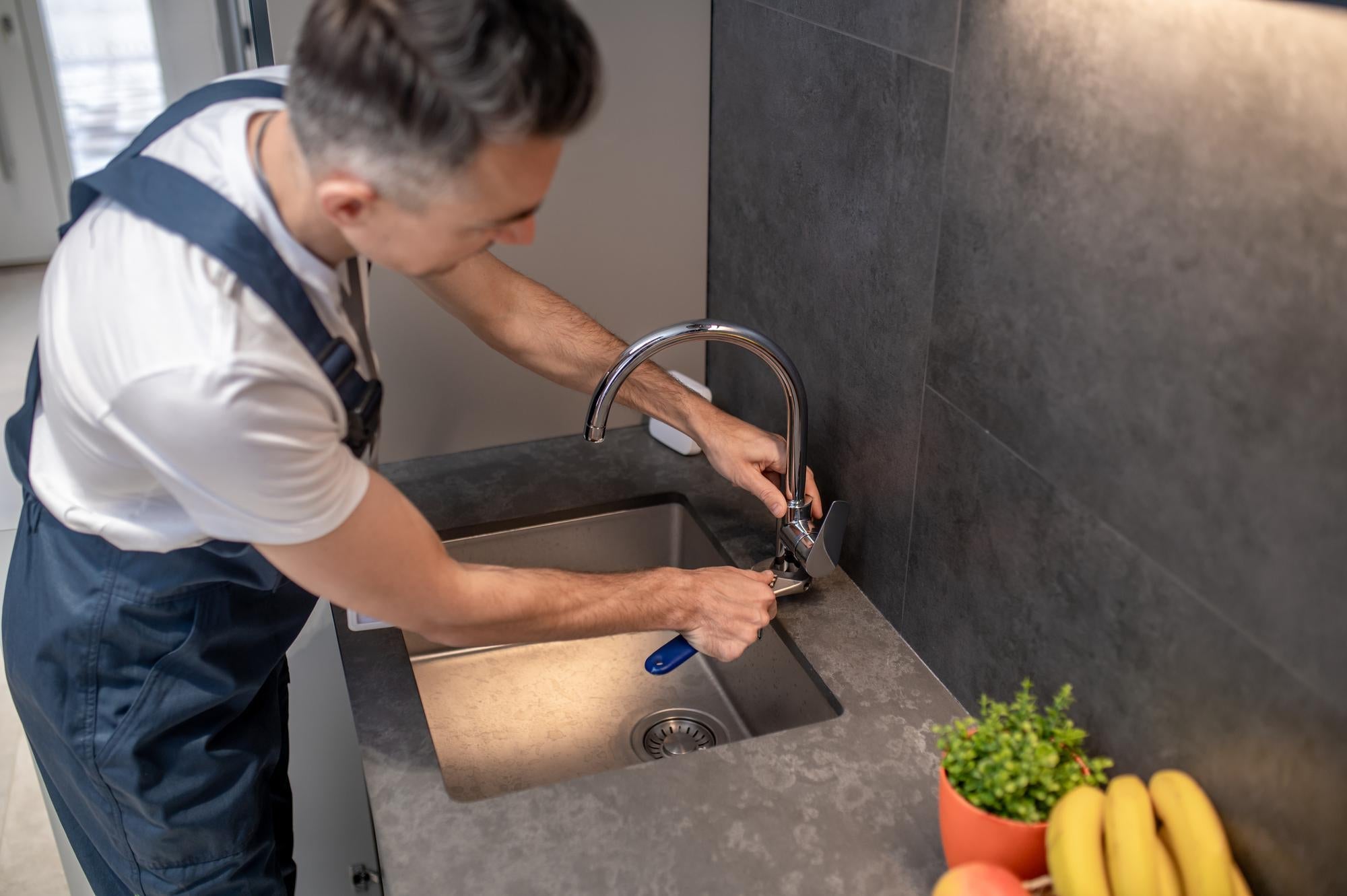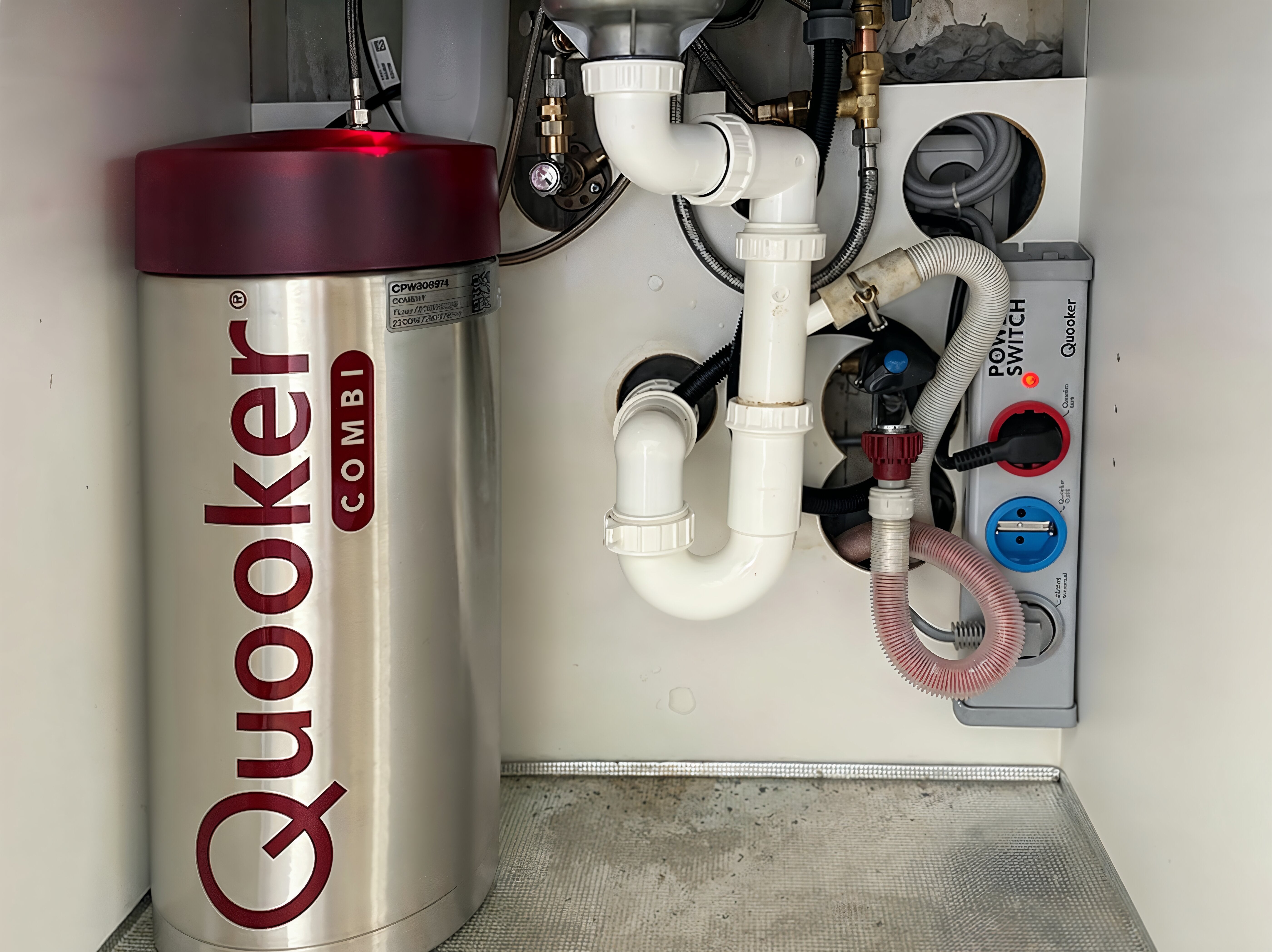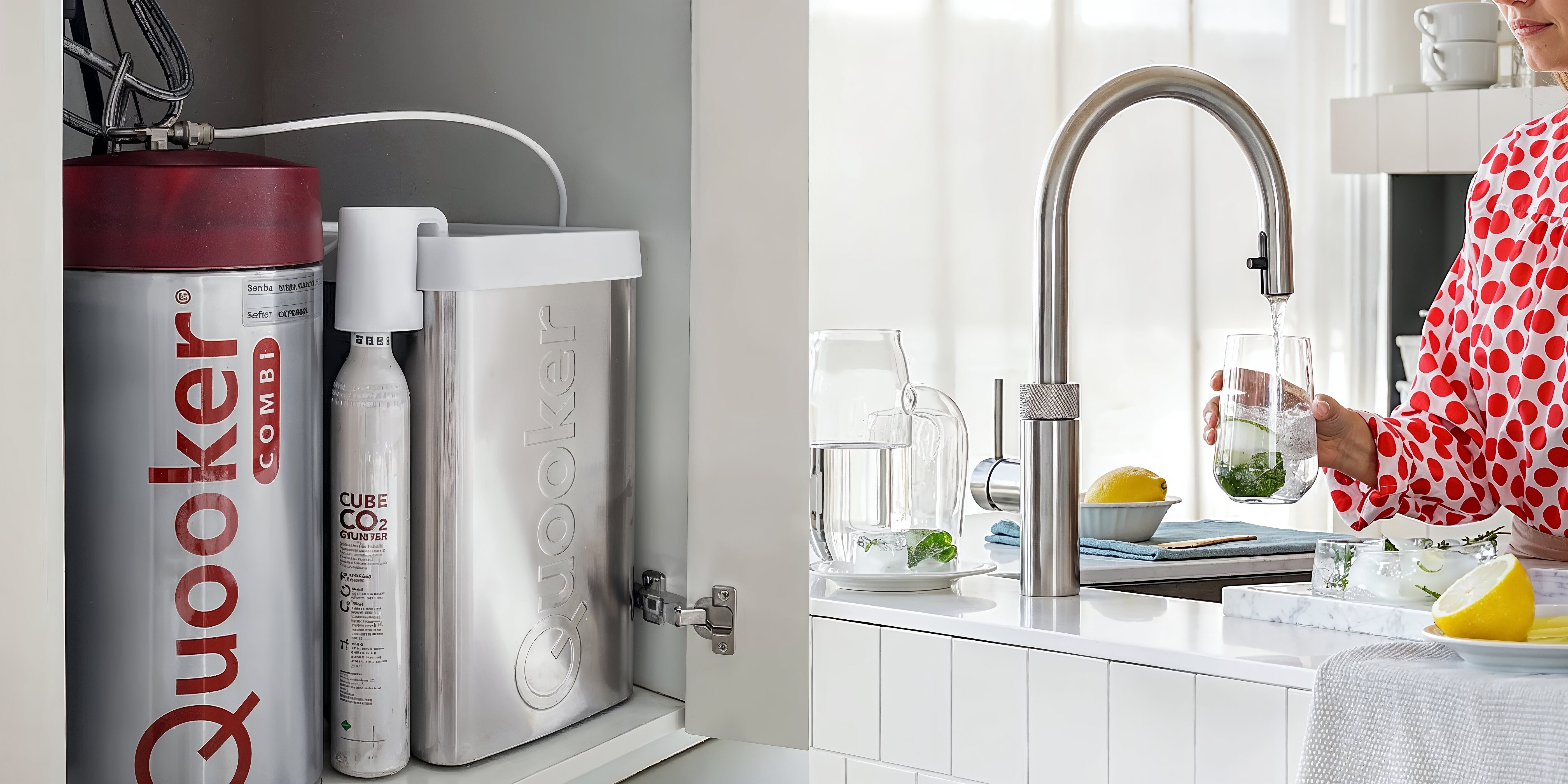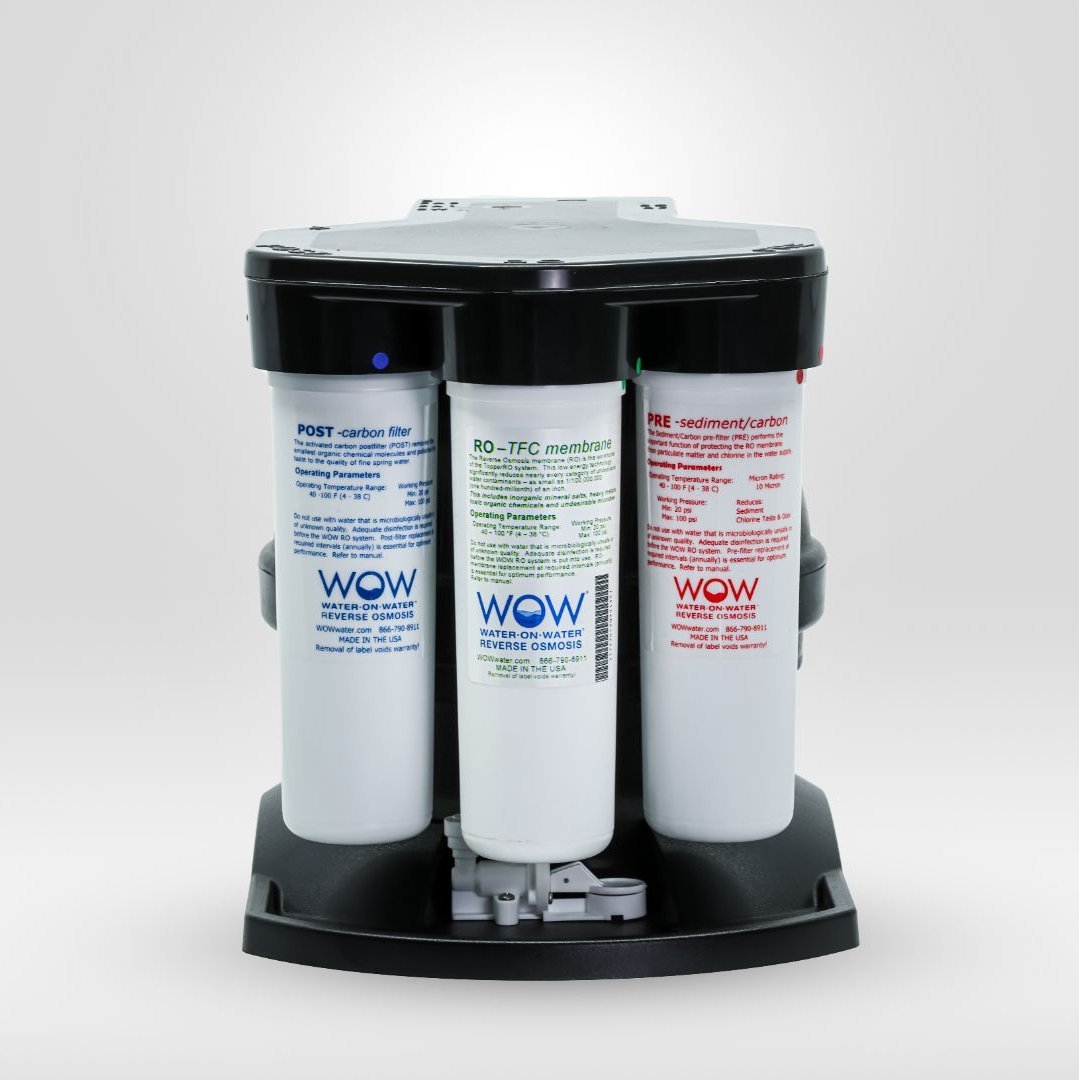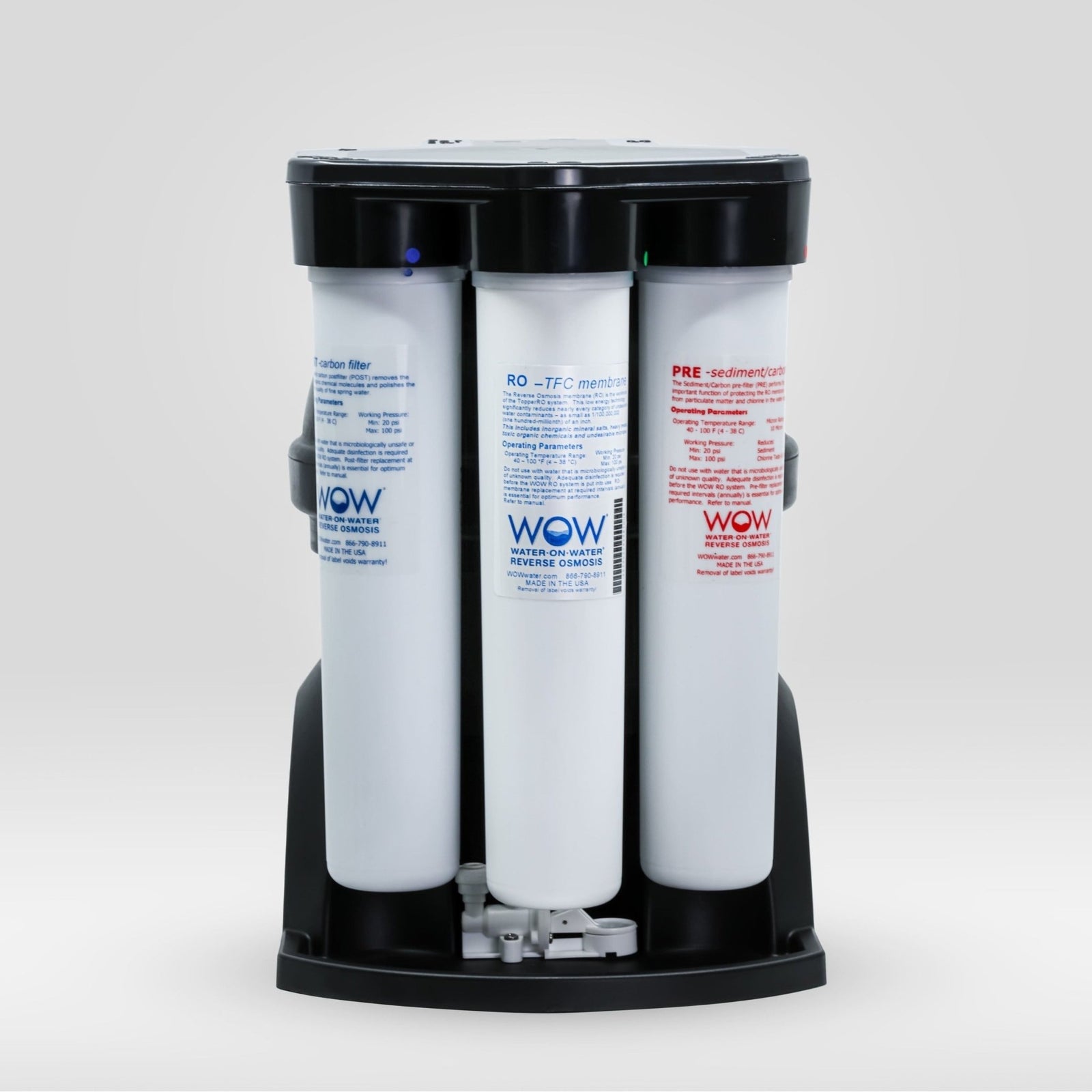Yellowish or brown tap water is usually the result of rust in old pipes or mineral deposits such as iron and manganese in the water. This discoloration occurs when metal particles oxidize or when sediment is dislodged during work on the water system. Although discolored water may look unpalatable, in most cases it is not directly harmful to health.
Why is my tap water yellow or brown?
Water discoloration is more common than you might think and has several causes. The most common culprit is rust in outdated water pipes, especially in homes built before 1970. When iron or steel pipes begin to corrode after years of use, tiny rust particles are released, giving the water a yellowish to brownish tinge.
Another common cause is the presence of natural minerals in groundwater. Iron and manganese occur naturally in Dutch soil and can discolor the water without posing a risk. These minerals oxidize upon contact with oxygen, resulting in that characteristic brown or yellow color.
Work on the water mains is also a significant factor. During pipe repairs or replacements, sediment that has accumulated over the years can suddenly dislodge. This phenomenon is particularly noticeable after maintenance work in your neighborhood, which can temporarily cause the water to become cloudy or discolored.
- Corrosion of old iron or steel water pipes
- Natural minerals such as iron and manganese in groundwater
- Loosened sediment during work
- Accumulation of biofilm in pipes
- Problems with the boiler or hot water system
Is yellowish or brown tap water dangerous for my health?
In most cases, discolored water is not harmful to your health. Mineral discoloration due to iron or manganese is primarily an aesthetic issue that can affect the taste, but does not pose a direct health risk. These minerals occur naturally in our bodies and are even essential in small quantities for good health.
However, caution is advised in certain situations. If the discoloration is accompanied by an unusual odor, a metallic taste, or if the water remains cloudy after running for a few minutes, this could indicate a more serious problem. For example, old lead pipes that are beginning to corrode can indeed pose health risks.
For vulnerable groups such as babies, pregnant women, and people with weakened immune systems, extra vigilance is recommended. If you have any doubts about the water quality, it's best to contact your water supplier for a water analysis.
| Type of discoloration | Probable cause | Health risk |
|---|---|---|
| Light yellow to orange | Iron oxide (rust) | Minimum |
| Dark brown to black | Manganese | Minimum |
| Reddish brown with particles | Loosened sediment | Low |
| Gray with a metallic odor | Lead corrosion | Potentially high |
How can I make discolored tap water clear again?
The first step for discolored water is to flush your pipes. Open the cold water tap fully and let the water run for 5 to 10 minutes. Start at the tap closest to the main line and work systematically throughout the house. This flushes away loose sediment and stagnant water with mineral deposits.
Next, check whether the discoloration only occurs with hot water. This often indicates problems with the boiler, where sediment can build up. Regularly flushing the boiler according to the manufacturer's instructions can resolve this problem. Replacement may be necessary for older boilers.
Several options are available for a structural approach:
- Install a sediment filter at the main water supply
- Replace old iron pipes with modern plastic ones
- Install a complete home water filter system that tackles all contaminants
- Have a professional plumber inspect the installation
For persistent problems that don't go away after flushing, professional help is recommended. A plumber can determine the exact cause and advise you on the best solution for your specific situation.
Which water filter systems help against yellow or brown water?
Several filtration technologies can be effective against water discoloration, each with its own advantages. Sediment filters are the first line of defense, removing coarse particles like rust and sand. These filters are relatively inexpensive but only address visible contaminants.
Activated carbon filters go a step further and improve not only the clarity but also the taste and odor of the water. They are effective against organic compounds but have limited effectiveness against dissolved minerals such as iron and manganese.
For the most complete solution, reverse osmosis systems offer the solution. This advanced technology removes up to 99% of all contaminants, including dissolved minerals that cause discoloration. We supply water filter systems that utilize this technology, where multiple filter stages work together for optimal results.
Choosing the right system depends on several factors:
- The specific cause of your water discoloration
- The desired level of purification
- Your budget and willingness to maintain
- The available space for installation
- Your household's daily water consumption
When should I contact my water supplier?
There are situations where immediate contact with your water supplier is essential. If there is a sudden, widespread discoloration in your neighborhood, especially without prior notice of the work, you should report it. This could indicate a break in the main line or other infrastructure problems requiring prompt action.
It's also important to report discoloration accompanied by unusual symptoms. Think of a chemical odor, oily stains on the water's surface, or foaming water. These symptoms could indicate contamination that requires further investigation.
When reporting water discoloration, it is useful to have the following information available:
- When the discoloration has started
- Whether the problem occurs with hot and/or cold water
- Whether neighbors have the same complaints
- Any additional symptoms such as smell or taste
- Recent work carried out in the house or neighborhood
Water suppliers are legally obligated to respond to reports of water quality within a reasonable timeframe. They can take and analyze water samples free of charge if there are concerns about potential health risks.
Clean and clear water from your tap: important points to consider
Prevention is key to preventing water discoloration. Regular maintenance of your household plumbing prevents many problems. Briefly flush the pipes monthly, especially after vacations when water has been stagnant. Check the condition of visible pipes annually and look for signs of corrosion.
A proactive approach also means considering water filtration before problems arise. Modern filter systems not only protect against discoloration but also significantly improve overall water quality. They also remove invisible contaminants such as pharmaceutical residues and microplastics that are increasingly found in our tap water.
These measures are essential for optimal long-term water quality:
- Annual inspection and maintenance of the boiler
- Timely replacement of old pipes
- Installing a main water filter or complete filter system
- Regularly check the water quality with a TDS meter
- Be alert to changes in color, smell, or taste
Investing in clean, clear water is an investment in your health and comfort. Whether you choose simple preventative measures or a comprehensive water filtration system, the most important thing is that you take action. Because while discolored water is usually harmless, you deserve to enjoy crystal-clear water from your tap every day.
